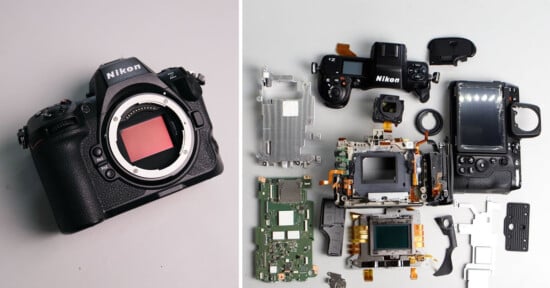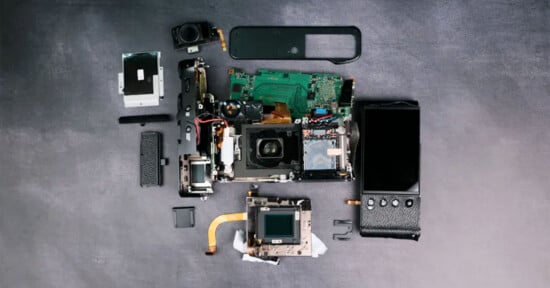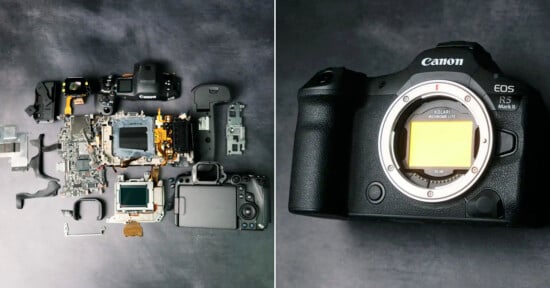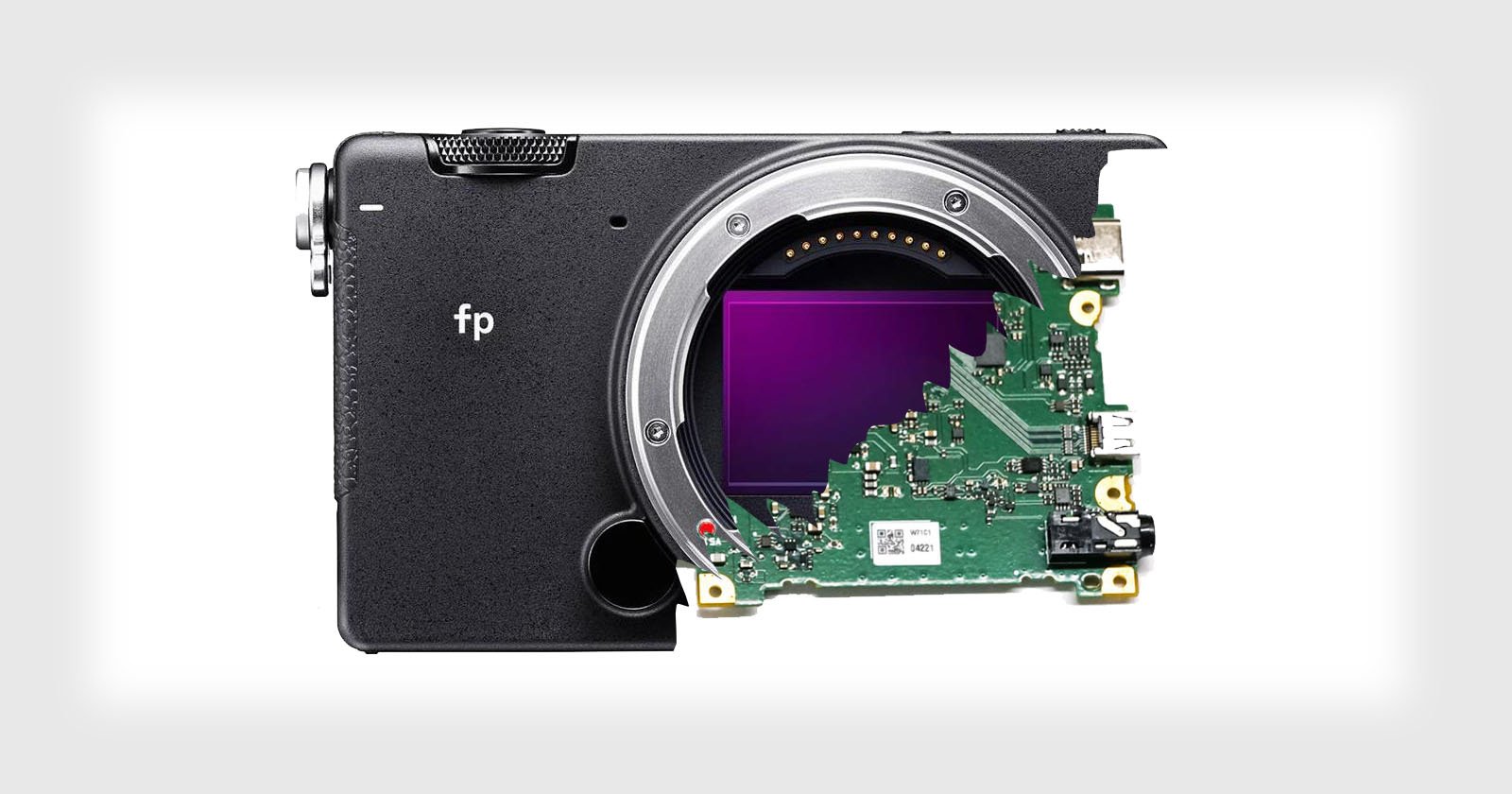What’s Inside the Sony a1 II Camera?
The expert camera technicians at Kolari are back at it again, disassembling cameras into a puzzle-work of bits and pieces. But don’t worry, it’s all for a good reason. As part of the teardown, Kolari is converting a Sony a1 II for infrared shooting.
PetaPixel has previously covered several of Kolari’s camera teardowns, including that of the Canon R5 II, Nikon Z8, and Fujifilm X100VI. Kolari’s regular camera teardowns provide a unique look inside the most popular cameras, offering interesting insight into camera engineering and design.
With the latest teardown of the Sony a1 II, Kolari’s technician completely dismantles the camera with photos and video documenting every step. The necessary disassembly for infrared conversion provides a fascinating look at the internals of this flagship camera. Kolari also compares this teardown of the Sony a1 II to its previous teardown from 2022 of the original Sony a1.
![]()
Converting a camera like the Sony a1 II to infrared allows it to capture infrared light instead of light visible to the human eye, enabling photographers to create images with a completely different photographic aesthetic. Infrared photos are known for displaying foliage with white leaves, darker skies, and high contrast. This conversion involves removing the infrared (IR) blocking filter from the camera’s sensor and replacing it with an IR pass filter. Kolari has a blog post explaining the benefits of infrared conversions.
Phillip Andrew Iglesias from Kolari detailed the company journey with teardowns of Sony’s flagship cameras, “Back in 2022, we tore down and disassembled the Sony a1 mirrorless camera—the company’s original flagship camera. In 2025, they released the a1 II mirrorless camera as an update to their flagship, and we were fortunate enough to finally receive our preordered camera for this teardown. The Sony a1 II improves on several things from its predecessor, including a redesign of the camera body, upgraded display and EVF, and clean layout for their menu system. Despite such changes, the image quality remains largely the same between models.
“The Sony a1 II is incredibly capable for infrared shooting once it is converted to full-spectrum through our infrared conversion service, and it is compatible with our magnetic clip-in filters for Sony E-mount. However, the camera will need a magnetic mounting plate for our filters to install properly.”
The look inside provides especially interesting views of the circuit board of the Sony a1 II, truly showing how modern cameras are computer-like when compared to analog.
![]()
![]()
![]()
In disassembling the cameras, Kolari’s technicians not only discover comparisons to predecessor models but also compare how different camera manufacturers approach engineering these devices so crucial to our lives as photographers. Kolari’s video of the teardown is annotated with captions explaining what they’re doing as well as interesting aspects that they note. The highlights are also shared in blog form on its website.
Image credits: Kolari



